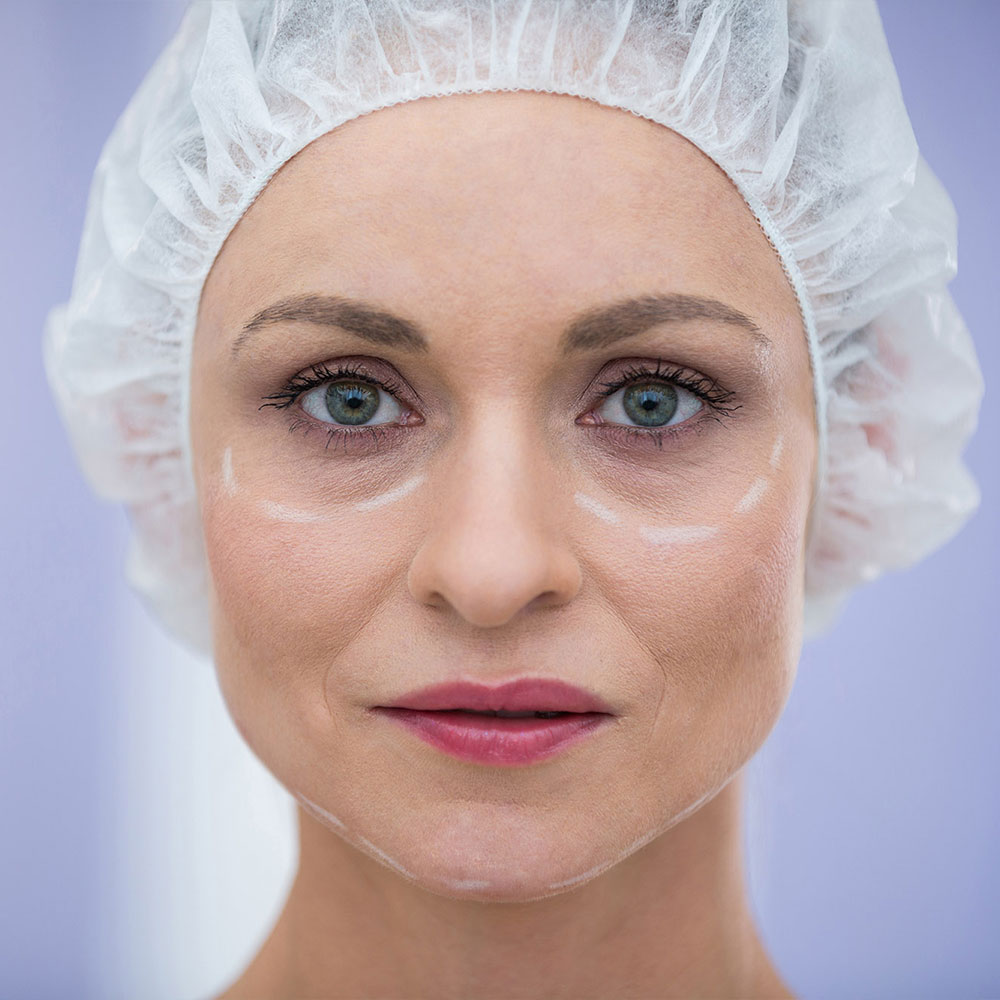Oculoplastic, a specialized field within ophthalmology, focuses on the diagnosis and management of conditions related to the eyelids, orbit (eye socket), tear ducts, and facial structures surrounding the eyes.
From treating droopy eyelids (ptosis) and eyelid malposition to reconstructing the orbit after trauma or tumors, oculoplastic encompasses a diverse spectrum of surgical and non-surgical interventions aimed at preserving eye health, restoring facial harmony, and enhancing overall well-being.

Candidates for oculoplastic surgery should undergo a thorough evaluation by a specialist in oculoplastic surgery. This evaluation will help determine the specific needs, potential benefits, and risks associated with the surgery, ensuring the best possible outcome tailored to the individual’s condition and goals.